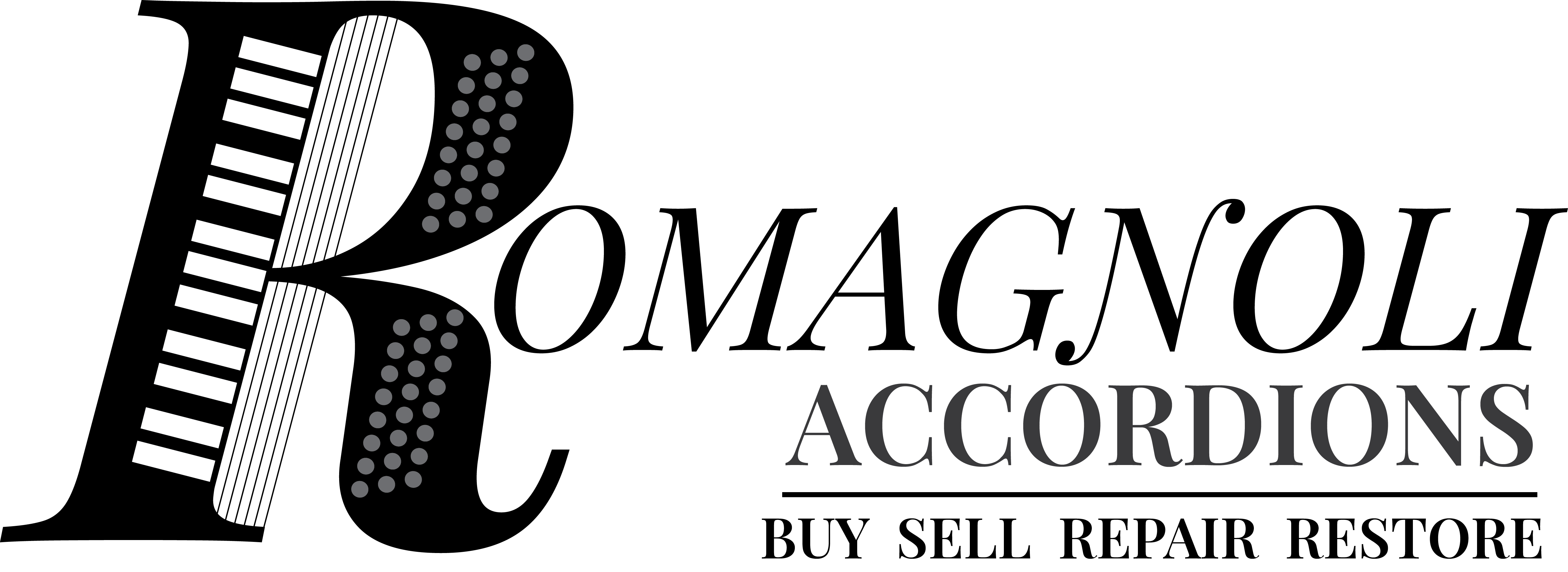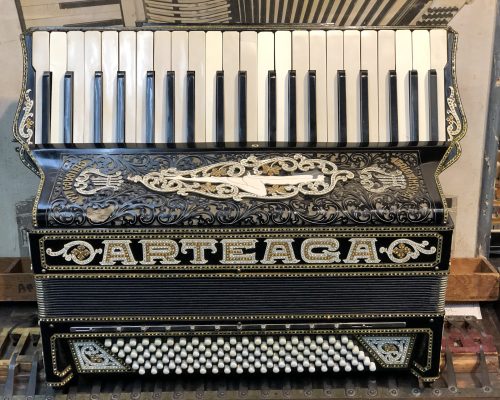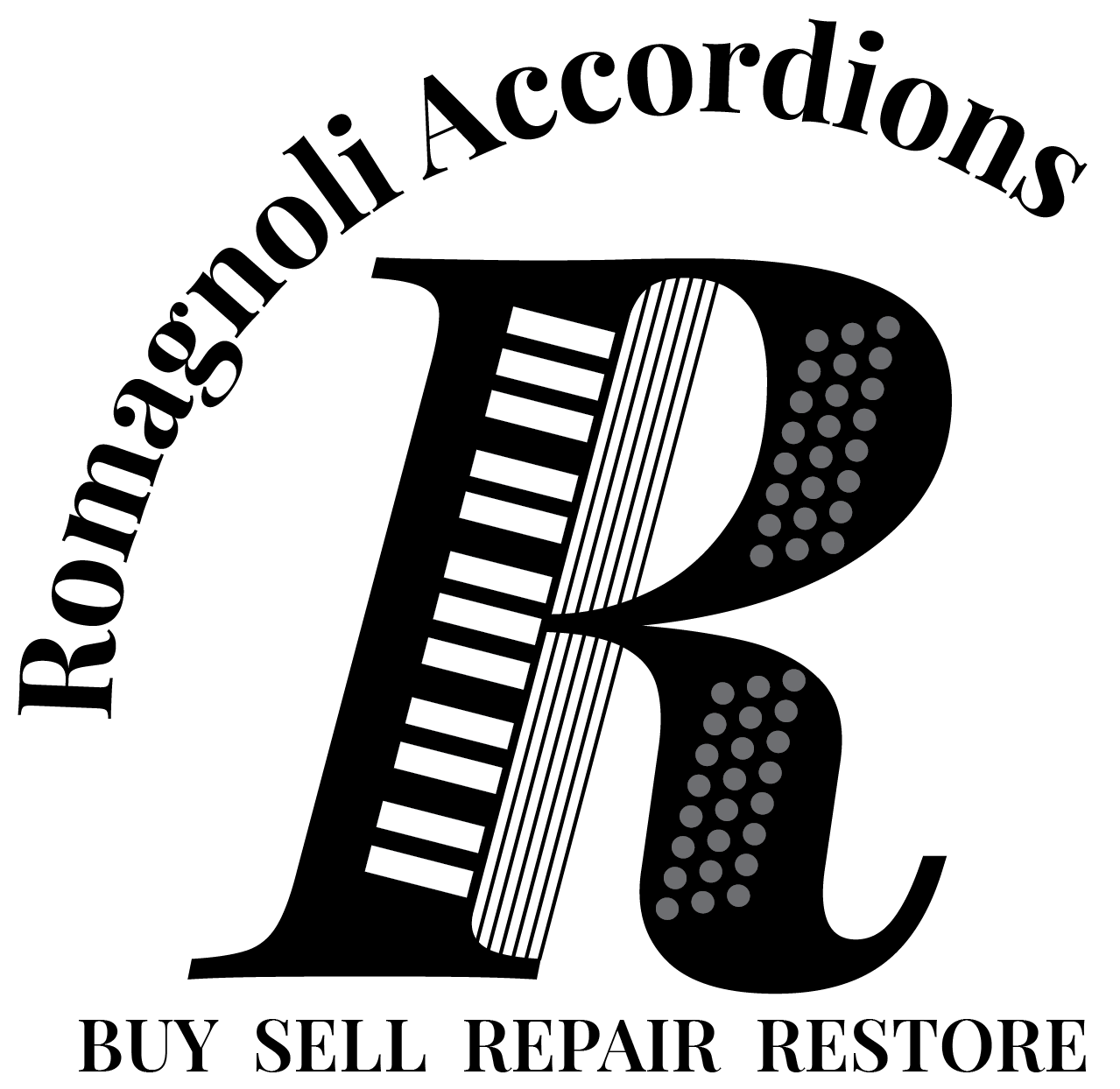Selling & Consignment
celebrating 115 years! 1910 - 2025
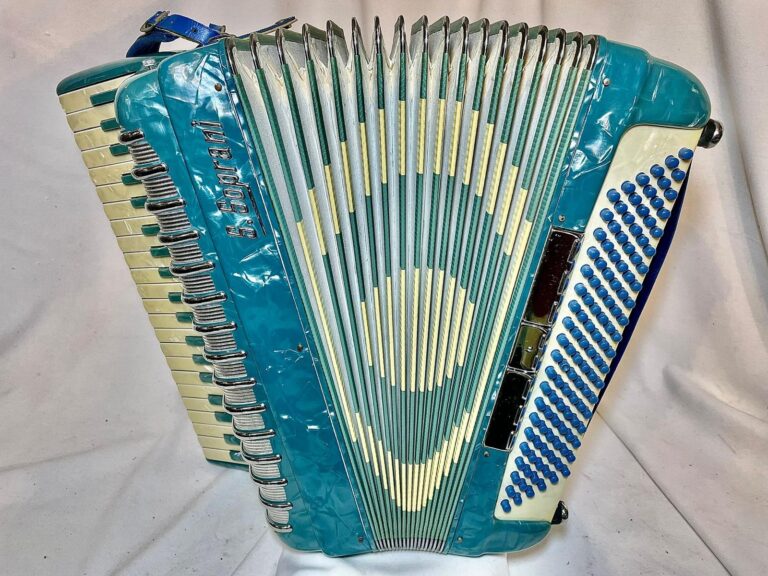
Want to sell your accordion?
We'd Love To See it...
But please send photos first!
Whether you have a relative’s old accordion, or you’d like to free up some space in your basement…we’d love to see your accordion! But before you pack it up and bring it into the shop, please send a few photos to our email address: romagnoliaccordions@gmail.com.
We cannot give precise value estimates through email or over the phone, but we will help you identify your accordion and then give you a rough estimate of value. We will also be able to provide some options about selling your accordion online or consigning it here at the shop (we rarely purchase accordions outright). We often insist that you keep your accordion and play it…so be prepared for a small guilt trip!
*PLEASE NOTE: Due to space restrictions, we cannot consign accordions with amplifiers, speakers or generators. Examples include: Cordovox, Elkavox, Transicord, Farfisa, Iorio etc.
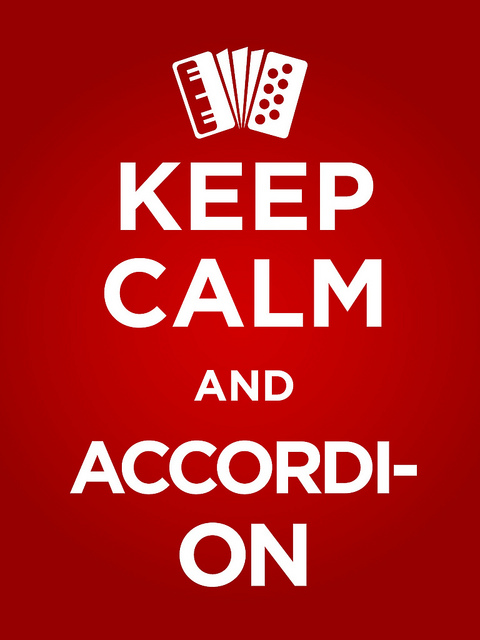
Things to know
It's what's on the inside that counts..
The most beautiful accordion in the world will have little value unless its interior parts are in good condition. This means that the reeds are in good shape, have little or no rust and are not falling out of the reed blocks. The wax that holds the reeds in place should still be pliable and not cracking off in chunks. The leathers that cover the reeds should lie flat and not be curled or falling off. The reeds are the voice of your accordion. If these are in good condition, then your accordion will have more value if you want to sell it
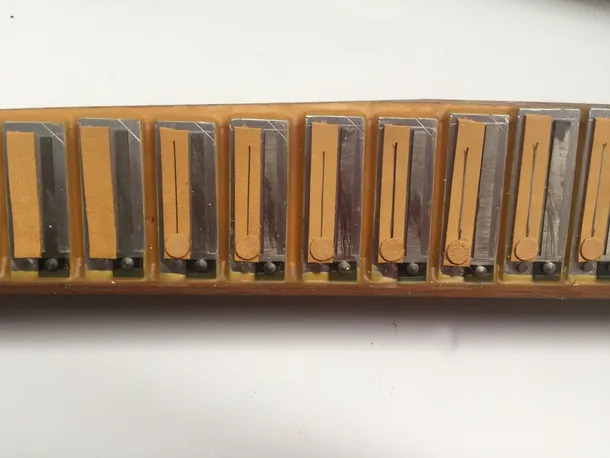
Clean reeds in fresh wax with new leathers
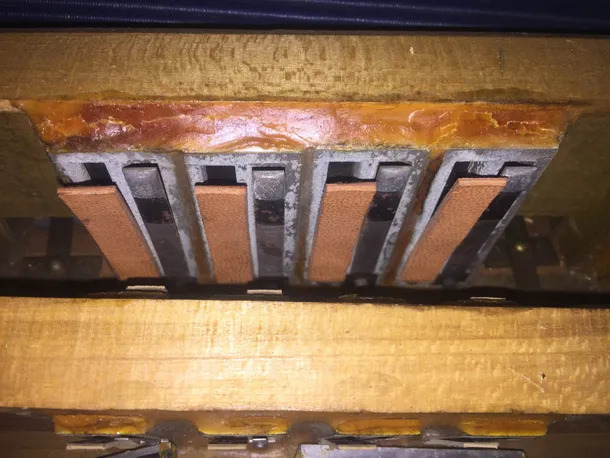
Rusted reeds in old wax with warped leathers
Make sure the parts of your accordion are in working order.
- In addition to the reeds, you should check the quality of your bellows. Open the accordion as wide as you can and then, without pressing any keys or buttons, push the bellows closed. This should take a little effort and you shouldn’t hear any whistling sounds, wheezing, or air leaks as you close the bellows.
- Also check that the switches on the accordion work. Some accordions have as few as 2 switches while others can have 13 or more! (Other accordions, especially ones made before 1940, have no switches at all.)
- Finally, make sure the piano keys on the treble side and the bass buttons on the bass side all work well. Keys and buttons should not stick, but should pop back easily when released.

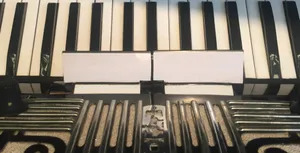
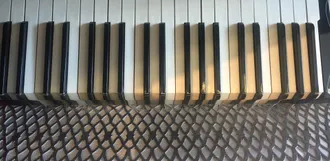
Examples of treble switches
Accordions Are Beautiful Pieces of History
The first accordions were made in the 1820’s and by the early 1900’s many companies in Italy, Germany and the United States were producing instruments. We often see accordions from the 1920’s and the 1930’s. They are beautiful instruments that often feature multi-colored rhinestones and intricate grill designs. Unfortunately, accordions are valued more for the condition of their interior parts, than the beautiful work on the outside. This is not to say that older instruments have no value, since some players prefer them once they have been refurbished both inside and out. When these accordions have been cleaned and polished, they make beautiful decorative pieces that are truly a part of history!
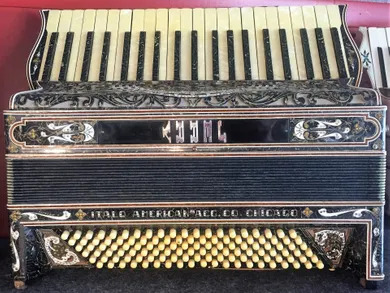
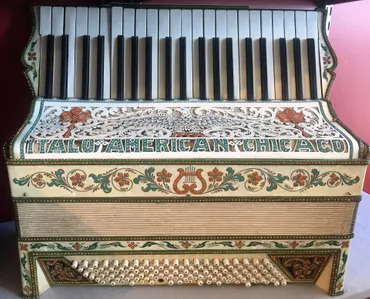
Examples of 1920’s – 1930’s accordions
